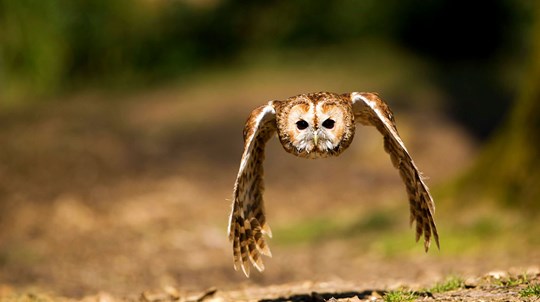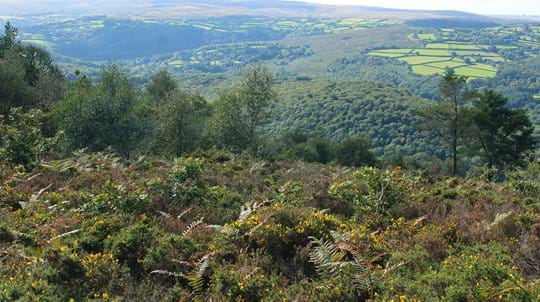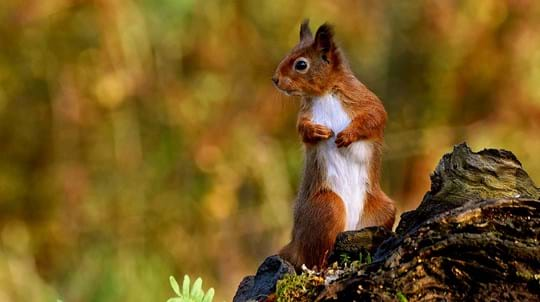
Credit: Markus Varesvuo / naturepl.com
How do black grouse breed?
Breeding season usually takes place from early April to mid-May, when males take part in the ‘lek’ – an ostentatious display in order to attract a mate. Males gather together to display by fanning out their tails, fluffing up their wings and making a range of noises. This is all to get the attention of the females, who will watch the display before choosing a male to mate with.
Nests are built on the ground in May, usually lined with moss and located in a discreet area surrounded with vegetation. Around 6-10 eggs are laid, which hatch after almost a month of incubation. Chicks become independent at about three months old.










